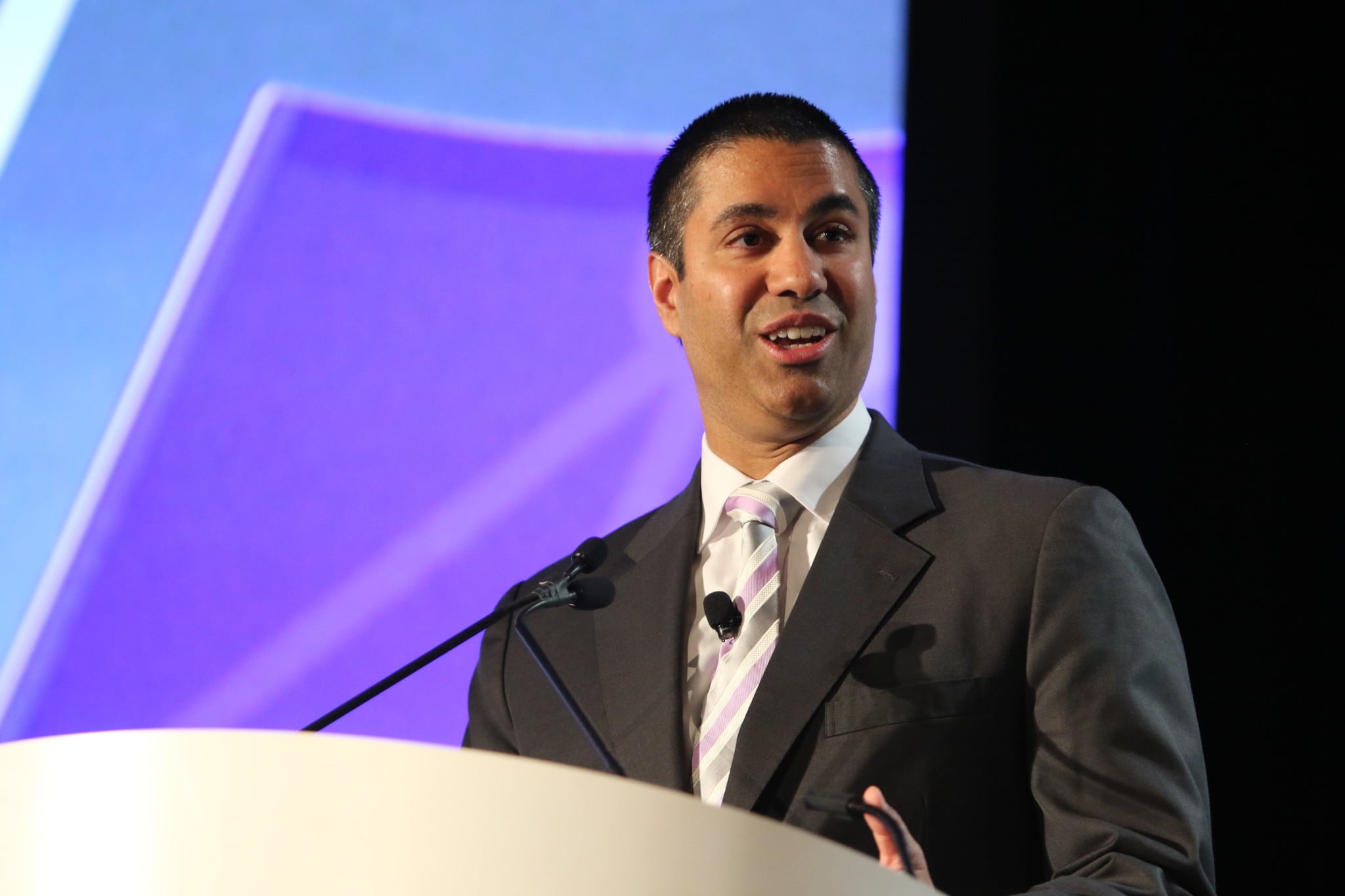Today, the FCC Chairman Ajit Pai took another step in the Commission’s strategy to facilitate U.S. leadership in 5G technology, dubbed the “5G Fast Plan.” Chairman Pai highlighted that the U.S. must continue to set the pace for 5G build-out globally in order to be the frontrunner in developing the 5G ecosystem. A critical component of this ambitious project is the repurposing of mid-band spectrum, in particular a portion of the 3.7-4.2 GHz band (“C-band”), for 5G use.
Chairman Pai announced a draft decision that would make a large swath of C-band spectrum available for 5G. He set out four guiding principles for the Commission’s actions: (i) freeing up a significant amount of spectrum for 5G; (ii) doing so quickly; (iii) generating revenue for the U.S. Treasury; and (iv) ensuring the continuity of existing C-band services.
To advance these principles, Chairman Pai announced four elements to transition the C-band to 5G uses:
- Hold a public auction of C-band spectrum by the end of the year;
- Free up 280 MHz spectrum for 5G, plus a 20 MHz guard band, by certain dates;
- Compensate incumbent satellite operators through reasonable relocation costs as well as possible accelerated relocation payments; and
- Use the Commission’s existing authority to start the process now.
Chairman Pai rejected calls for a private auction, noting that the Commission has a long history of conducting successful auctions. He emphasized that the Commission’s process is transparent, trusted, and is feasible with the Commission’s existing auction technology. These advantages will allow the Commission to meet its aggressive goal of a December 8, 2020 auction date.
In calling for 300 MHz of spectrum to be repurposed, Chairman Pai noted the Commission’s desire to strike a balance between its underlying principles of making a large amount of spectrum available for 5G and preserving incumbent uses. Such a balance, Chairman Pai noted, has already received broad support, including by satellite operators who agreed the transition would be feasible.
To effectuate this clearing, Chairman Pai noted the need for appropriate relocation payments to incumbents totaling $3-$5 billion. Most parties agree incumbent operators should receive payment for their reasonable relocation costs—new satellites will need to be launched and filters will need to be placed on earth stations—and the Commission will require such payments to be made by the winning bidders of the auction.
To promote the Commission’s goal of a rapid deployment of 5G, Chairman Pai announced that incumbent operators will be able to earn up to $9.7 billion in accelerated relocation payments. Chairman Pai emphasized that the purpose of an accelerated relocation payment is not to compensate for the expected value of the spectrum, but to expedite clearing of the lower portion of the C-band for 5G. Thus, accelerated relocation payments are designed to capture the value to auction winners of incumbent operators clearing the spectrum quickly. Again, the Commission will place the burden of these accelerated relocation payments on the winning bidders, who will benefit from the expedited clearing.
Chairman Pai concluded that the Commission has the authority under Title III of the Communications Act and the Emerging Technologies precedent to act now to secure the U.S.’s place as a 5G frontrunner. We await more detail in the draft decision to be released tomorrow to better understand the Commission’s proposals on these and other issues affecting the C-band transition.

